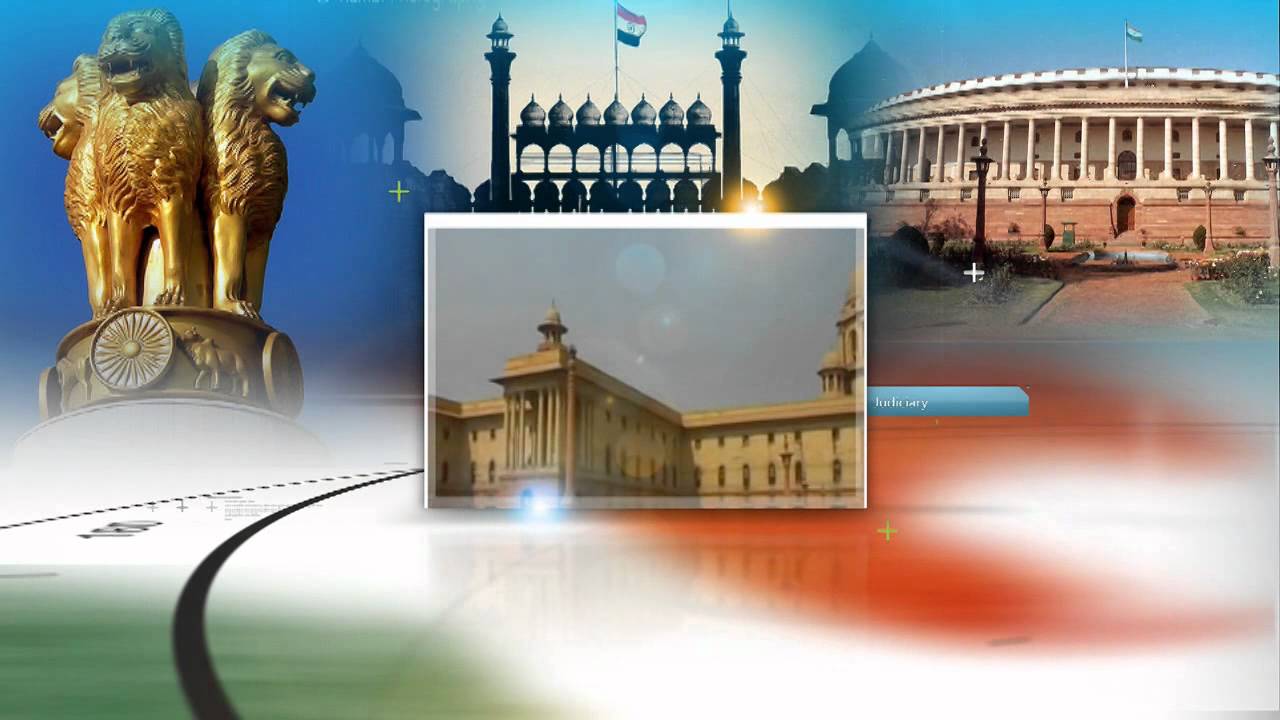Font size:
Print
Disclosure of Judges’ Assets in India: A Legal and Ethical Perspective
Context:
The discovery of cash at Delhi High Court judge Justice Yashwant Varma’s residence has intensified concerns over judicial corruption. It has also strengthened calls for public disclosure of judges’ assets and liabilities, a practice not mandatory and rarely followed.
Evolution of Asset Disclosure Norms
- 1997 Supreme Court Resolution
- The Supreme Court adopted a voluntary disclosure norm for judges’ assets.
- Judges were required to declare their assets to the Chief Justice of India (CJI) but without public disclosure.
- 2009 Development and Public Demand
- The issue gained traction after Right to Information (RTI) applications seeking judges’ asset details.
- The Supreme Court initially opposed public disclosure, citing concerns over judicial independence and security.
- Following public pressure, judges voluntarily disclosed their assets on the Supreme Court’s website.
Global Best Practices
- United States: Judges disclose assets under the Ethics in Government Act, with some redactions.
- United Kingdom: Asset disclosures are regulated but not publicly accessible.
- France and Canada: Judges follow strict ethical guidelines with disclosure requirements.
- India: Lags in having a statutory framework for public disclosure of judicial assets.
Legal Provisions and Challenges
- Judges (Declaration of Assets and Liabilities) Bill, 2009
- Proposed legislation mandated asset disclosure by judges.
- Included a confidentiality clause, keeping disclosures outside RTI purview.
- The bill was withdrawn due to opposition from the judiciary.
- RTI Act, 2005 and Judicial Accountability
- The Supreme Court ruled in 2010 that the office of the Chief Justice of India falls under RTI.
- However, judicial disclosures are not fully accessible to the public.
- Judicial Independence vs. Accountability
- Arguments Against Public Disclosure:
- Risk to judges’ security.
- Possibility of harassment and undue influence.
- May compromise judicial independence.
- Arguments in Favor:
- Enhances transparency and public trust.
- Ensures judicial integrity.
- Aligns with public officials’ asset disclosure norms.
- Arguments Against Public Disclosure:
Way Forward
- Legislative Clarity: A balanced legal framework ensuring transparency while protecting judicial independence.
- Judicial Reforms: Institutionalising periodic and accessible asset disclosures.
- Security Measures: Implement safeguards to prevent undue influence on judges.
- Public Awareness: Promoting civic understanding of judicial accountability mechanisms.
Current Statistics on Asset Declaration by High Court Judges
- Sanctioned Strength of High Court Judges in India: 1,122
- Currently Sitting High Court Judges: 763
- Judges Who Have Publicly Declared Their Assets: 49 (Less than 7%)
The reluctance to disclose assets is especially evident in 18 out of the 25 High Courts, where not a single judge has voluntarily made their financial details public. These High Courts include:
High Courts with Partial Asset Declarations
Some High Courts have shown a degree of transparency, with varying levels of voluntary asset disclosure:
- Punjab & Haryana High Court (Most Transparent)
- Total Judges: 53
- Judges Who Declared Assets: 29 (~54%)
- Delhi High Court
-
- Total Judges: 39
- Judges Who Declared Assets: 7 (~18%)
- Chhattisgarh High Court
-
- Total Judges: 16
- Judges Who Declared Assets: 1 (~6%)
- Himachal Pradesh High Court
-
- Total Judges: 12
- Judges Who Declared Assets: 3 (~25%)


